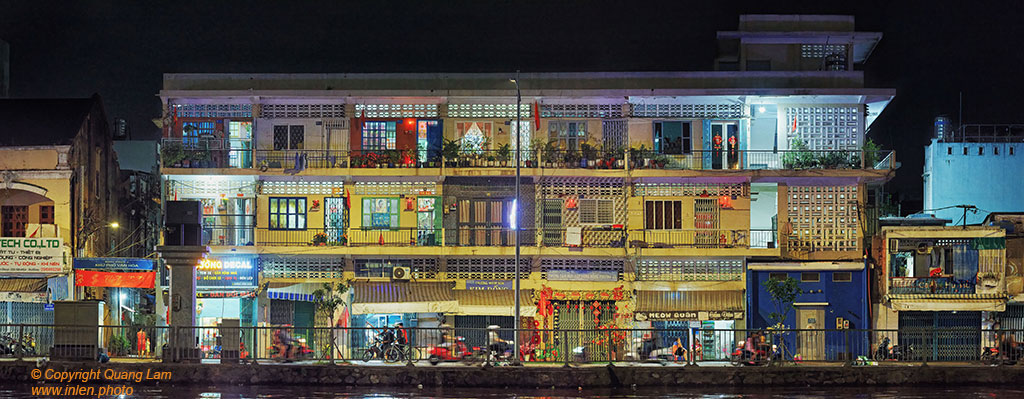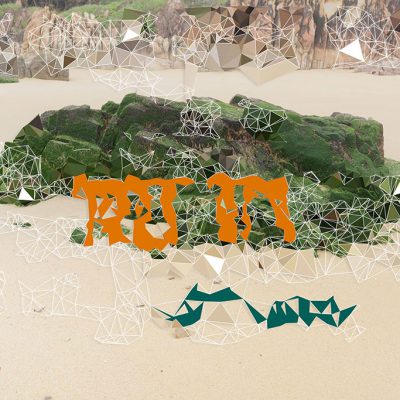Zusätzliche Information
| Photographer | |
|---|---|
| Format |
$500.00
At the Art Institude of South-East Asia in Singapour , this series Terra Utopia has been displayed within the exhibition XEM – Meta Far-East Asia. It shows how can the perception of the “Far” remain or evolve :
These photos look like aerial landscapes of unknown coastal territories. Far East Asia was a Terra Incognita to explore, developped by Thomas More in his book Utopia in 1516. From then, discovery of lands was in the purpose to transform them as colonies. the result was often a dystopia for the original inhabitants. Japan was the last place to be known. Its early name, Cipangu, was first mentioned in Europe by Marco Polo.
This photo is displaying tessellated waves, a reference of the Great Wave off Kanagawa by Hokusai, an iconic Japanese Artwork.
| Photographer | |
|---|---|
| Format |
Format A3 (30x42cm)
Wenn das Kunstwerk quadratisch ist, ist es 30 cm groß
Format A2 (42x59cm)
Wenn das Kunstwerk quadratisch ist, ist es 42 cm groß
Andere Formate : Größere Formate bis zu 1 Meter sind verfügbar. Bitte senden Sie uns eine Anfrage






Sie können dieses Kunstwerk im gesamten Kontext seiner Serie sehen. Sie können auch die folgenden Fotos zu einem ähnlichen Preis bestellen
At the Art Institute of South-East Asia in Singapour , this series Terra Utopia has been displayed within the exhibition XEM – Meta Far-East. It shows how can the perception of the “Far” remain or evolve, from the antique geographical point of view to some more diverse perspectives as the colonization period to the current impact of the climate change.
These photos look like aerial landscapes of unknown coastal territories. Far East Asia was a terra incognita to be discovered. It is related to the concept created by Thomas More in his book Utopia, 1516. From then, discovery of lands was in the purpose to transform them as colonies. Although colonists generally wanted to build better life by settling, the result was often a dystopia for the original inhabitants.
Tesselations patterns on some photos are describing the approximative knowledge one can has when discovering new lands which are inhabited and developped by others cultures represented by colored scripts . Blue color is used for the Arabic language. Orange scripts are representing the sanskrit holly buddhist texts and red yellow signs are related to the Chinese influences.



